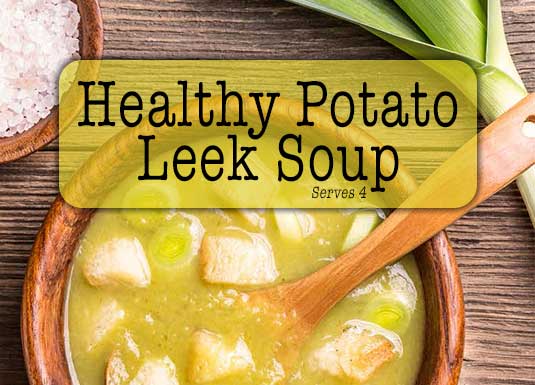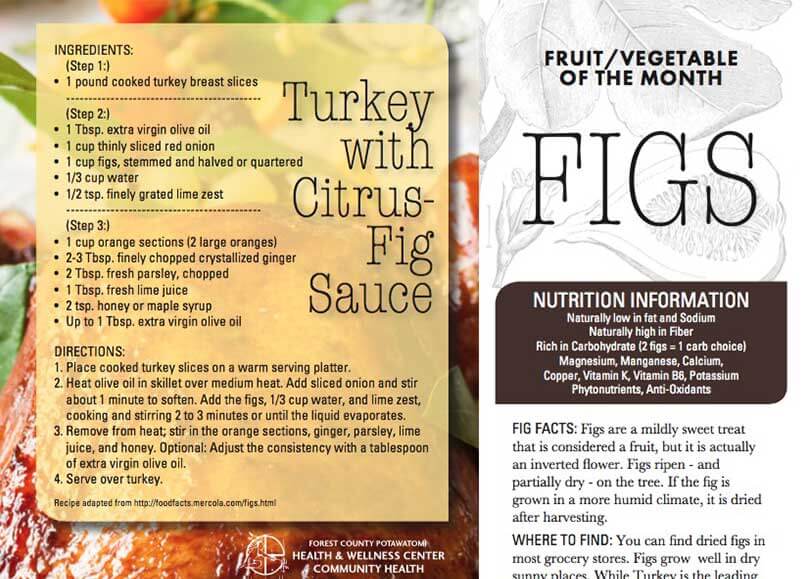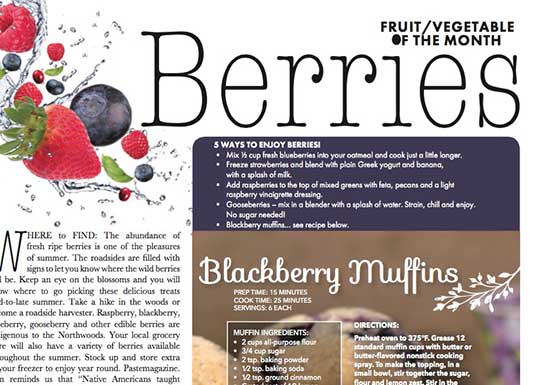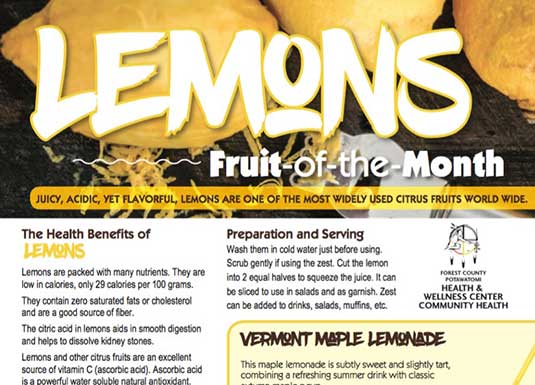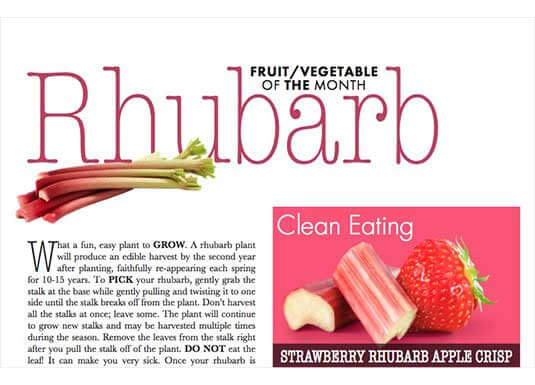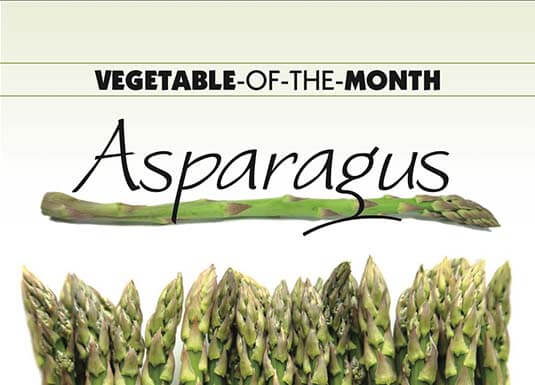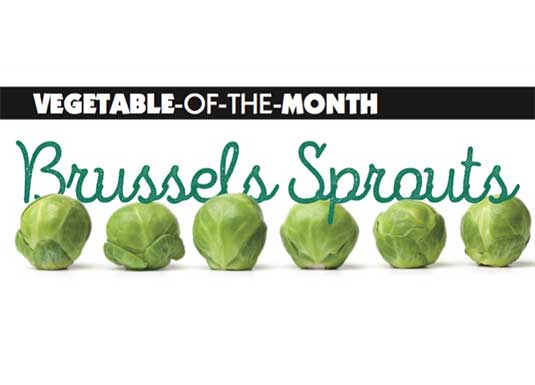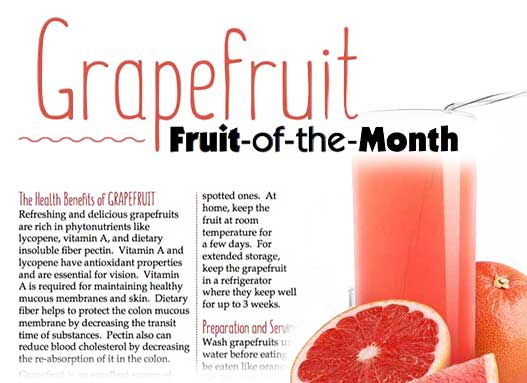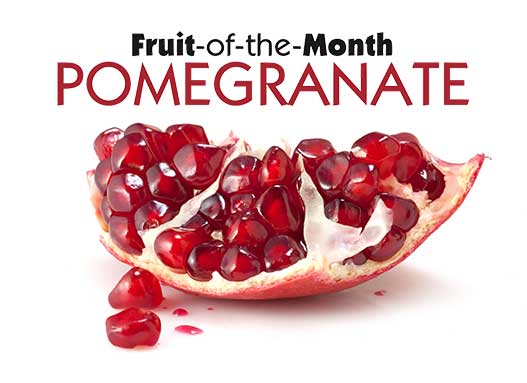Green Beans
Green beans, commonly referred to as string beans or snap beans, are a great fat-free, low-calorie snacking option or easy side dish when pairing with any meal. Be aware that canned beans (unless noted otherwise) contain added sodium. Fresh and frozen are a great option; if you or your family are more familiar with the texture of a canned bean, fresh or frozen varieties can be cooked a little longer for a softer bean without the added sodium.



